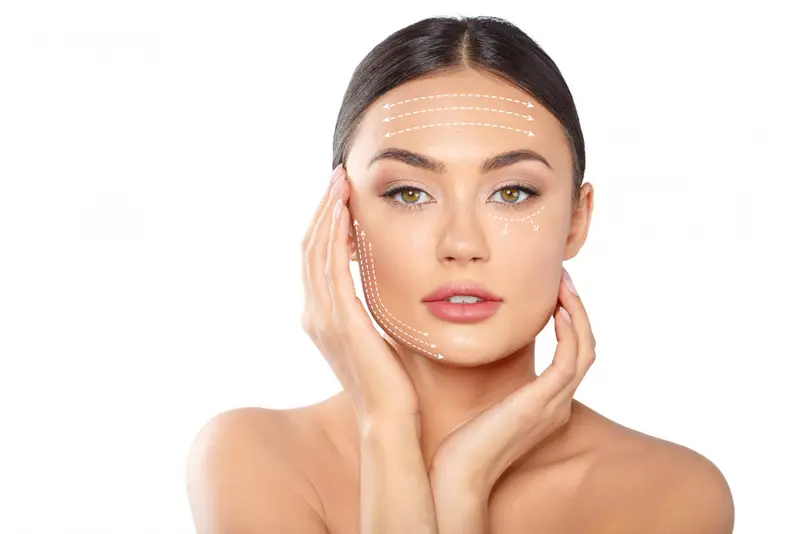When it comes to skincare, choosing the right oils and butter for your skin type is crucial. With a vast array of options, finding the perfect match can be overwhelming. This comprehensive guide will explore the comedogenic scale and how it helps us understand the impact of different oils and butters on our skin. By the end of this article, you’ll be equipped with the knowledge to make informed decisions and achieve radiant, healthy skin.
Understanding the Comedogenic Scale
The comedogenic scale is a rating system that measures the likelihood of oil or butter clogging your pores. It ranges from 0 to 5, where 0 indicates non-comedogenic (least likely to clog pores), and 5 represents highly comedogenic (most likely to clog pores). By exploring this scale, we can determine which oils and butters work best for each skin type.
Low Comedogenic Oils and Butter
Let’s start with the good news! Some oils and butter have a low comedogenic rating, making them suitable for most skin types. Examples include argan oil, shea butter, and hemp seed oil. These ingredients provide nourishment without causing breakouts, making them safe choices for sensitive and acne-prone skin.
Moderately Comedogenic Oils and Butter
Next, on the scale, we have moderately comedogenic oils and butter. These can work well for individuals with normal or combination skin but might require caution for those with sensitive or acne-prone skin. Oils like coconut oil and cocoa butter fall into this category. While they can benefit some, they may cause issues for others.
Highly Comedogenic Oils and Butter
Let’s talk about the oils and butter that rank high on the comedogenic scale. Avocado oil and wheat germ oil are examples of highly comedogenic substances. These are best avoided by individuals with acne-prone skin or those susceptible to clogged pores. However, they can still be used in small amounts in formulations for people with dry or mature skin.
Choosing Oils and Butter for Your Skin Type
Finding the right oils and butter for your skin type involves a bit of experimentation. Here are some essential tips to guide you through the process:
- Know Your Skin Type
Identify your skin type whether dry, oily, combination, or sensitive. This will help you narrow the options and choose ingredients that complement your skin’s needs.
- Patch Testing
Perform a patch test before incorporating a new oil or butter into your skincare routine. Apply a small amount to a discreet area of your skin and observe for any adverse reactions over 24 hours.
- Balancing Act
Opt for lightweight, non-comedogenic oils like grapeseed or jojoba oil for those with acne-prone or oily skin. Consider richer options such as almond oil or shea butter for dry skin.
- Mixing and Blending
Mix different oils and butter to create a custom formulation that suits your skin’s needs. This allows you to enjoy the benefits of various ingredients without overloading your skin.
Conclusion:
Exploring oils and butter on the comedogenic scale is essential for achieving healthy and radiant skin. Understanding the impact of different oils and butter can help you make informed decisions based on your skin type. Remember always to do a patch test and be open to experimentation to find the perfect match for your skincare routine. This comprehensive guide prepares you to journey towards healthy, glowing skin.


















